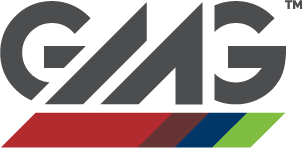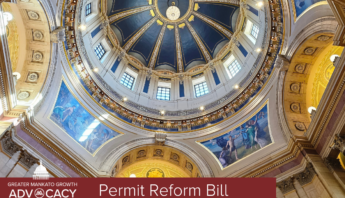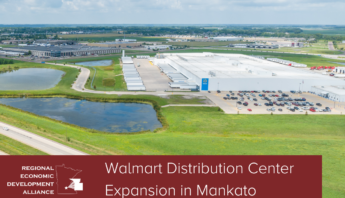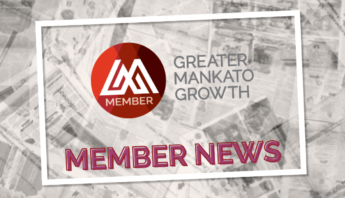
Greater Mankato Growth, Inc. Names Della Schmidt as President and Chief Executive Officer
Mankato, Minn. (April 23, 2024) – Greater Mankato Growth, Inc. (GMG) is excited to announce the appointment of Della Schmidt as president and chief executive officer of the organization. Schmidt has more than three decades of experience leading chamber, economic development, workforce development, and regional









